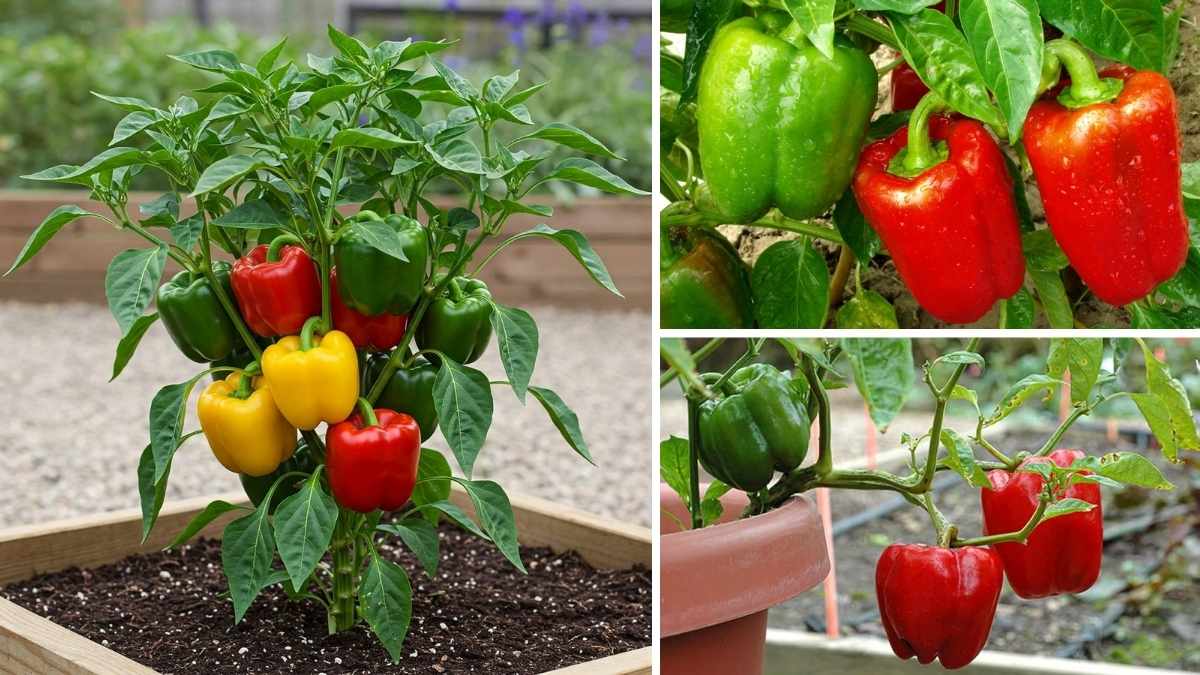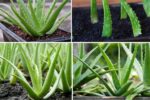Sweet peppers are a delicious addition to any garden, whether you have a spacious backyard or just a small balcony. Growing them in pots or garden beds allows you to enjoy fresh, homegrown peppers right from your own space. In this guide, we’ll walk you through everything you need to know to successfully cultivate sweet peppers, from choosing the right varieties to harvesting your peppers.
Why Grow Sweet Peppers in Pots or Garden Beds?
Sweet peppers (Capsicum annuum) are not only tasty but also versatile in the kitchen. Growing them in pots or garden beds gives you a chance to control the environment and produce high-quality peppers. Plus, they’re pretty easy to grow with a little knowledge. Whether you’re working with a small patio or a larger garden plot, sweet peppers thrive in both spaces, offering flexibility and variety for every gardener.
Choosing the Right Sweet Pepper Variety
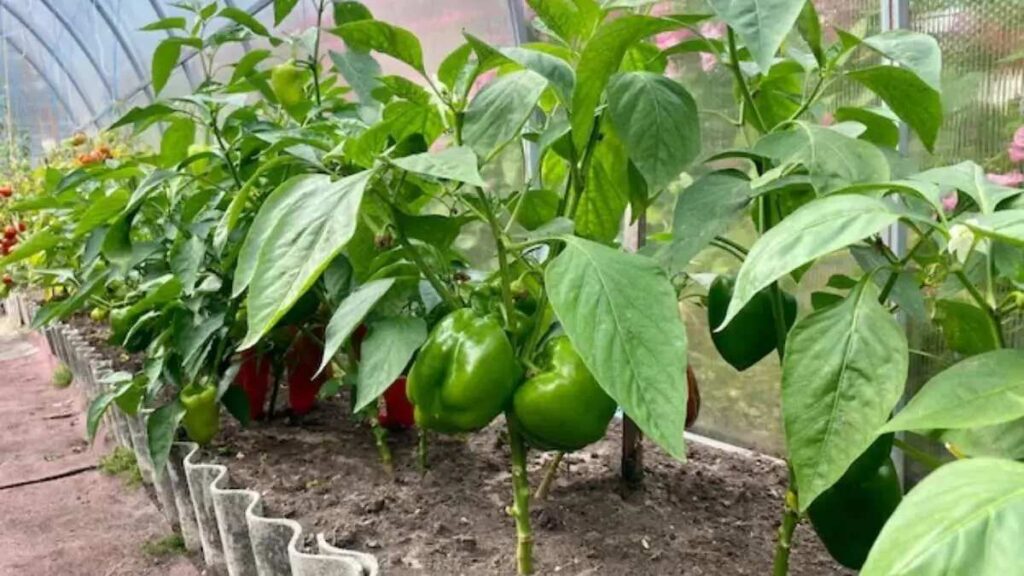
When deciding which sweet pepper variety to grow, consider the space you have and the flavors you enjoy. Popular varieties include Bell Peppers (like Red, Yellow, and Green), Mini Peppers, and Sweet Banana Peppers. For small spaces, mini or compact varieties like ‘Sweet 100’ work well in containers, while larger bell pepper varieties need more space in garden beds.
Each pepper type has its own growth habit and care needs, so choose one that matches your garden’s conditions. For instance, larger bell peppers may require more room to grow, while smaller varieties are ideal for pots.
Ideal Growing Conditions for Sweet Peppers
Sweet peppers thrive in warm, sunny environments. They need at least 6–8 hours of sunlight a day, so place them in a spot that gets full sun. The soil should be rich in organic matter and well-draining, with a slightly acidic to neutral pH (around 6.0 to 7.0). If you’re growing in pots, choose a lightweight, high-quality potting mix.
For garden beds, ensure the soil is well-tilled and free from weeds. If your soil is heavy or clay-like, amend it with compost or organic matter to improve drainage and fertility.
How to Plant Sweet Peppers in Pots or Garden Beds
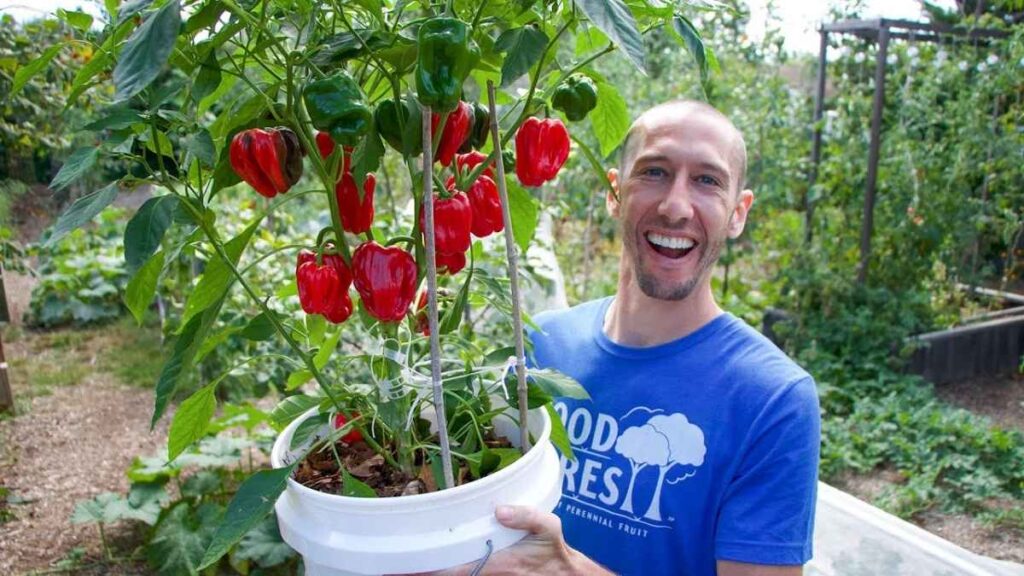
Whether you’re planting in pots or garden beds, start by prepping your soil or potting mix. If you’re planting from seeds, begin indoors 8-10 weeks before the last expected frost date. In warmer climates, you can directly sow seeds outdoors once the weather is consistently warm (around 70°F or 21°C).
Planting in Pots
- Choose a pot that’s at least 12–14 inches deep and wide, allowing enough room for the roots to spread.
- Fill it with a light, well-draining potting mix.
- Space plants about 12–18 inches apart, so they have room to grow.
Planting in Garden Beds
- Plant peppers 18–24 inches apart in rows that are 24–36 inches apart. This ensures good airflow, reducing the chance of diseases.
- Make sure to plant them at the same depth they were in their pots to prevent root rot.
Watering and Fertilizing Sweet Peppers
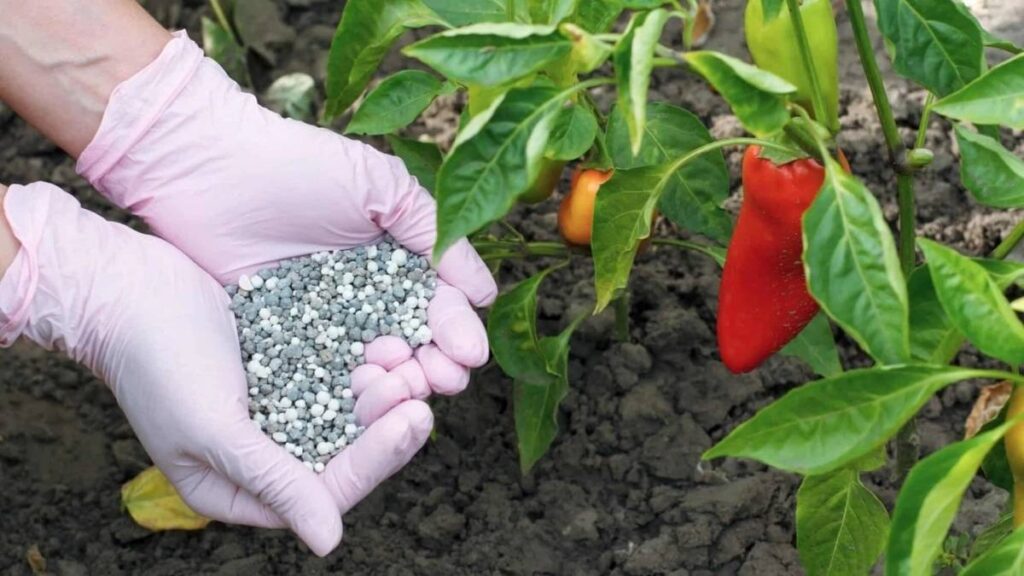
Sweet peppers need consistent moisture, but they don’t like to sit in soggy soil. Water deeply and regularly, ensuring the soil is kept evenly moist, especially during dry spells. In pots, check the moisture level daily, as pots can dry out faster than garden beds.
Fertilizing is key to a healthy crop. Start with a balanced fertilizer when planting. As the peppers start to flower and fruit, you can switch to a high-potassium fertilizer to encourage fruit development. Organic options like compost or fish emulsion can also provide a gentle, steady supply of nutrients.
Providing Support for Pepper Plants
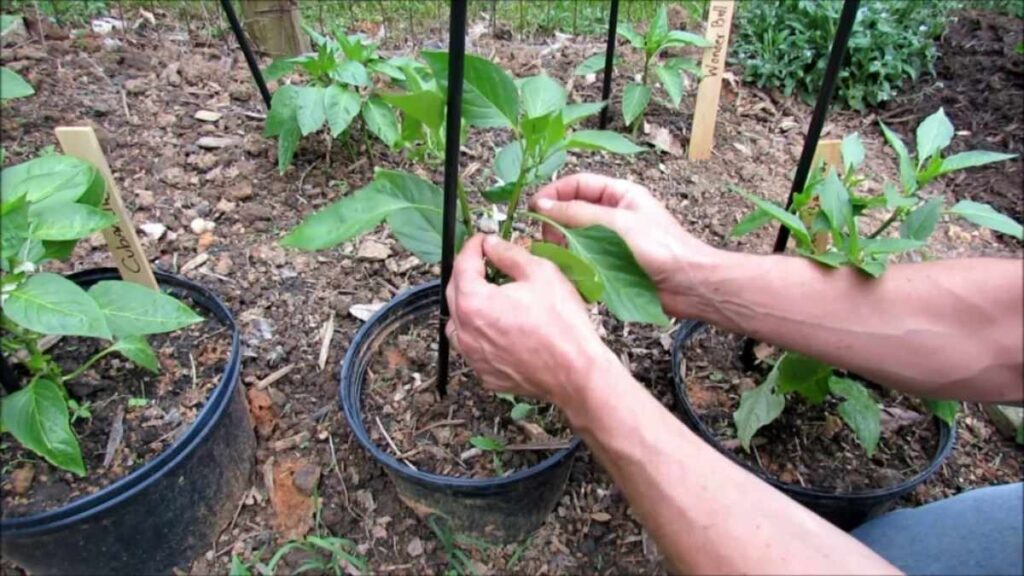
Pepper plants, especially larger varieties, can benefit from support to prevent them from toppling over as they grow tall and heavy with fruit. Consider using small stakes, cages, or trellises to support the stems. Gently tie the plant to the support structure with soft twine to avoid damaging the stems.
In pots, stakes are especially useful because containers can sometimes tip over in strong winds.
Managing Pests and Diseases
Sweet peppers are relatively pest-resistant, but they can still attract common garden pests such as aphids, spider mites, and whiteflies. Keep an eye out for tiny bugs on the underside of leaves and stems. Organic pest control methods like insecticidal soap or neem oil can help manage these pests without harming beneficial insects.
Diseases such as blight or mildew can also affect peppers, especially in humid conditions. Ensure good air circulation by spacing plants appropriately, and remove any infected leaves to prevent the spread of disease.
Harvesting Sweet Peppers
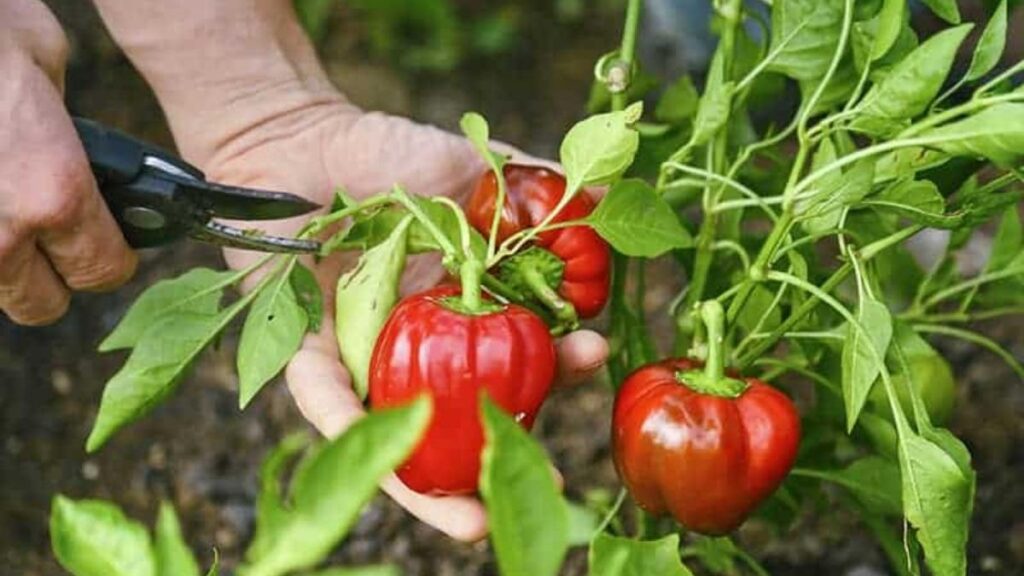
Sweet peppers usually take between 60 and 90 days to mature, depending on the variety and growing conditions. You’ll know they’re ready to harvest when they have reached their full size and have turned their characteristic color (green, red, yellow, orange, etc.).
For bell peppers, you can harvest them when they’re still green, or wait until they ripen to their full color for a sweeter taste. Gently twist or cut the peppers off the plant to avoid damaging the stem.
If you’re growing smaller varieties, like mini peppers or banana peppers, harvest them when they’re firm and fully colored.
Troubleshooting Common Sweet Pepper Problems
Even with the best care, problems can sometimes arise. Here are a few common issues you might encounter:
- Yellowing leaves: This can be a sign of overwatering or nutrient deficiencies. Check your watering schedule and consider adding a balanced fertilizer.
- Small or misshapen fruits: This could result from inconsistent watering or temperature fluctuations. Make sure your peppers get enough consistent heat and moisture.
- Sunburn: If the peppers are exposed to extreme sun without adequate watering, they can develop sunscald. Providing some afternoon shade or mulching around the base can help prevent this.
Tips for Growing Sweet Peppers in Pots
Growing sweet peppers in pots can be a rewarding experience, especially for those with limited space. Here are some tips to make it even easier:
- Choose the right pot: A pot that’s too small won’t allow the plant to grow properly. Aim for 12–14 inches in diameter.
- Good drainage: Ensure your pots have drainage holes so excess water doesn’t build up and cause root rot.
- Move pots as needed: If your peppers are not getting enough sunlight in one spot, feel free to move the pots around to find the best sunny location.
Conclusion
Cultivating sweet peppers in pots or garden beds is an enjoyable and rewarding experience that can yield a bountiful harvest. By selecting the right variety, providing proper care, and addressing common challenges, you can grow vibrant, flavorful peppers that add a touch of sweetness to your meals. With these simple steps, you’ll be well on your way to becoming a pepper-growing pro whether you have a small balcony or a spacious garden!
